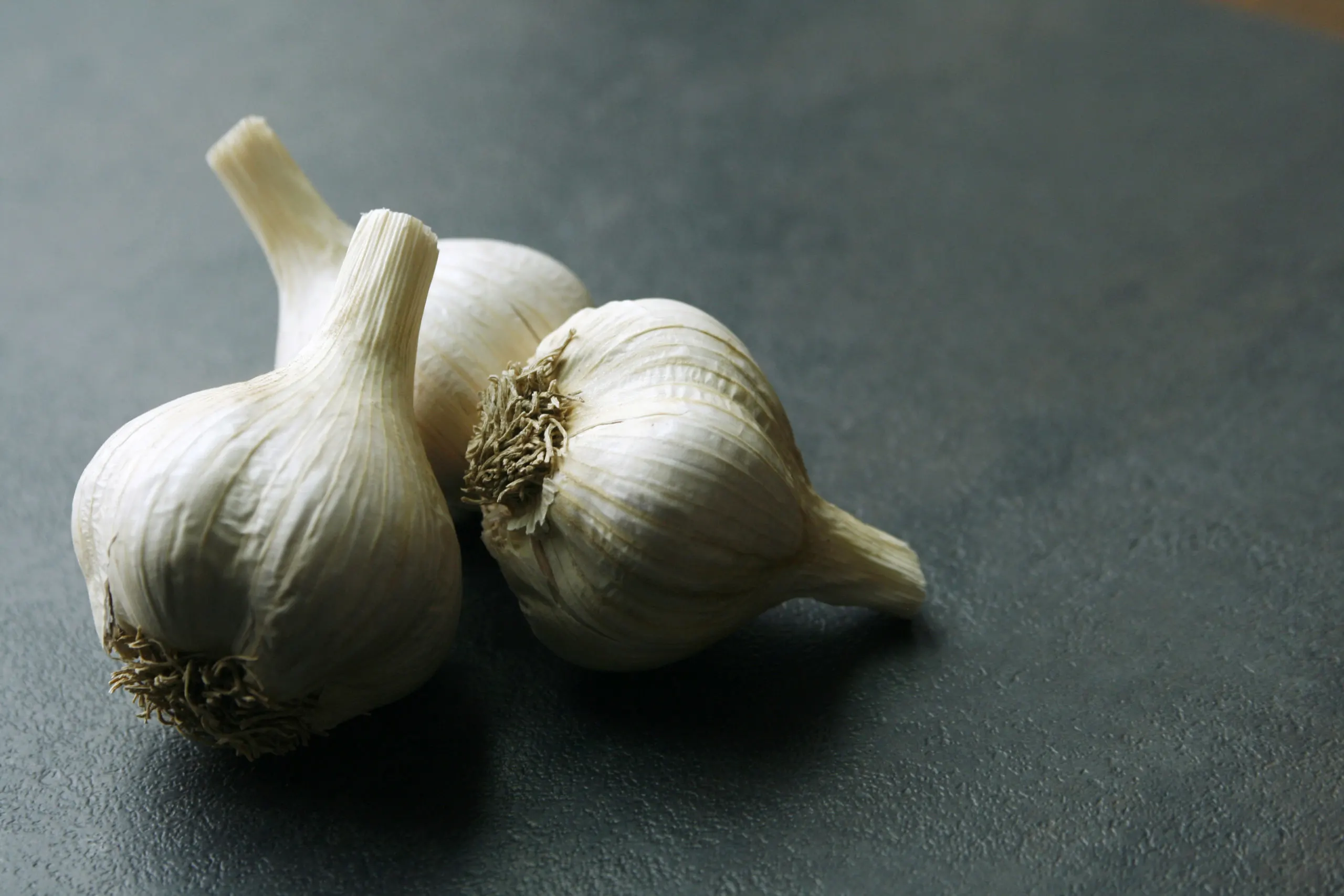
“Can I chop something for you?” Paige asked me. She was 10 and so curious. But more than that, she was capable. She could mince, dice and julienne as well as I could.
I handed her a shallot and asked her to chop it. It was big and unwieldy, but she handled it with aplomb. Soon, the small, uniform pieces were in the pot, waiting to cook. When I asked her to mince garlic, she struggled with the papery outside so I showed her how to use her hand and a knife to quickly crush it, making the removal a cinch.
Her renewed interest was sparked by a cooking camp. Run by a local community college, it imparted real-life cooking skills — taking what they’d learned at home with me and expanding it.
She was on the cusp of middle school, but I knew it wouldn’t come with home economics classes. Nor would those classes enrich her high school years.
Our district doesn’t offer them.
During my middle school years, I was envious of my friends in public school who learned to bake brownies and sew skirts. My kindergarten through eighth grade Catholic school didn’t offer home ec. But when I reached high school, I refused to take the class, instead learning how to layout houses and draw schematics in a technical drawing class. I equated the skills of home economics with being a housewife — something I vowed never to do.
That’s why I still can’t use a sewing machine or repair a fallen-off button. It’s also probably why I didn’t understand credit scores until I was in my 30s. And it’s why I had to learn how to cook through trial and error in my 20s.
The problem with home economics was never the class itself. It taught useful skills that people use in everyday lives. The problem was perception — I was far from alone in associating home ec with life as a housewife.
Renaming the class — it’s often referred to as family and consumer science now — though hasn’t been enough to change the gut reaction people have to it. A study published in 2013 in Journal of Family and Consumer Sciences, found that there was 38 percent drop in enrollment in Family and Consumer Science (aka home ec) classes over the previous 10 years, leaving only 3.5 million students learning basic life skills. Nine years later, I wonder how much further that number has plummeted.
I also wonder how we might bring life skills back to classrooms alongside science, math, English and engineering.
In the meantime, though, summer camps like the one my kids attended can help fill the void. But other options like rec center cooking classes, an afterschool club and private lessons can too. Sur La Table even has a summer cooking series for kids and teens.
Both my son and my daughter learned to chop, mince, saute and plate a variety of foods at cooking camp. Though they had grown up cooking with me, learning from others really sparked something for them. Years later, they are still using those skills all the time.
Now, I can hand my daughter my favorite chocolate chip cookie recipe and she makes it on her own. And my son batch cooks waffles and freezes them for breakfasts.
They can cook. Both of them. And that’s why I loved their cooking camp so much.
